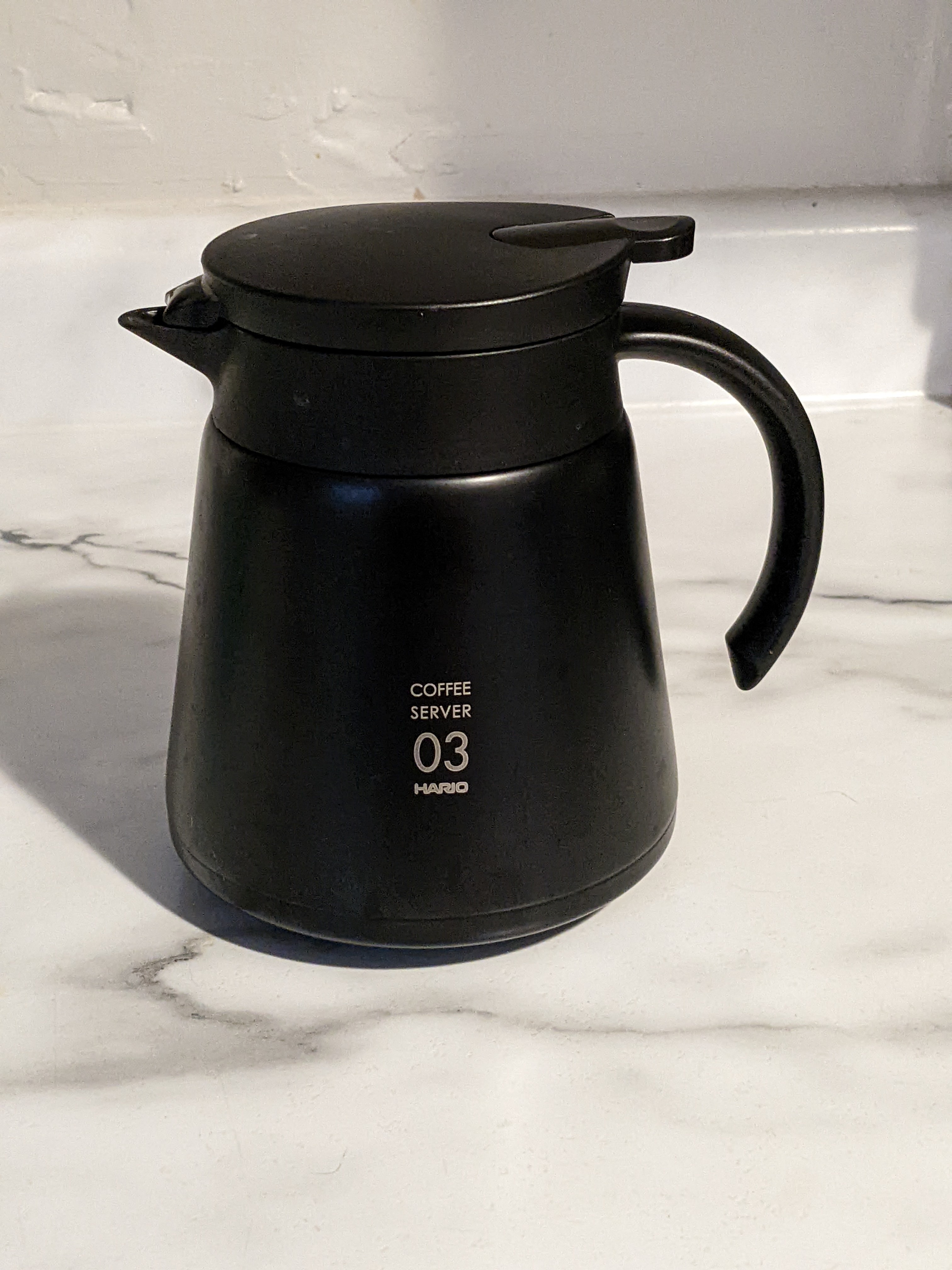I've been meaning to get into some image generation type things too. The best self hosted tool I know of is InvokeAI. I'm sure there could be a whole other post (or other community) about image generation tools.
rutrum
I use todo lists for groceries. So getting things setup on nextcloud and then mobile devices with any caldav compatible app is pretty easy. We have a couple shared lists.
You can use tasks.org for android and reminders for iOS.
I've been using micromamba/mamba and not had solving issues like I did with conda. Im glad conda integrated libmamba.
Question: why were docker containers deemed security risks?
I recently built a site with hugo. Its very easy. You pick a theme, then write some markdown files. And when you need flexibility, you have it for later. I also think it's the most popular right now, which lends to a lot of themes to pick from and a lot of cpmmunity support.
According the docs, support for intel and amd graphics is supported out of the box. For nvidia, you can pass --nvidia to the distrobox create command and enable functionality. So yes it does!
Thats a great idea. Theres lots of Foss cad tools, and Im sure they have plenty of flexibility even when contrained to 2d.
Really love the side panel. I dont see those done vertically very often, and yours looks good.
Can you share pics with this door? How do you walk outside and have it lock behind you?
Use a raid atrray, and replace drives as they fail. Ideally they wouldnt fail behind your back, like an optical disk would.
I've used minio briefly, and I've never used any other self hosted object storage. In the context of spinning it up with docker, it's pretty easy. The difficult part in my project was that I wanted some buckets predefined. The docker image doesn't provide this functionality directly, so I had to spin up an adjacent container with the minio cli that would create the buckets automatically every time I spun up minio.
But for your use case you would manage bucket creation manually, from the UI. It seems straight forward enough, and I don't have complaints. I think it would work for your use case, but I can't say its any worse or better than alternatives.
The problem isnt gmail, the problem is using an email for this purpose. Switching to protonmail wont make a difference. If you want privacy, use a different communications protocol. For example, use signal, and if anyone wants baby updates, they better install it too, cause thats the only way you'll send them.

I forgot about Asesprite! Thats a great tool.
Aseprite was originally licensed under GPL but later made propretary. The fork of the last GPL version is called Libresprite but it doesnt have much activity, I dont think.